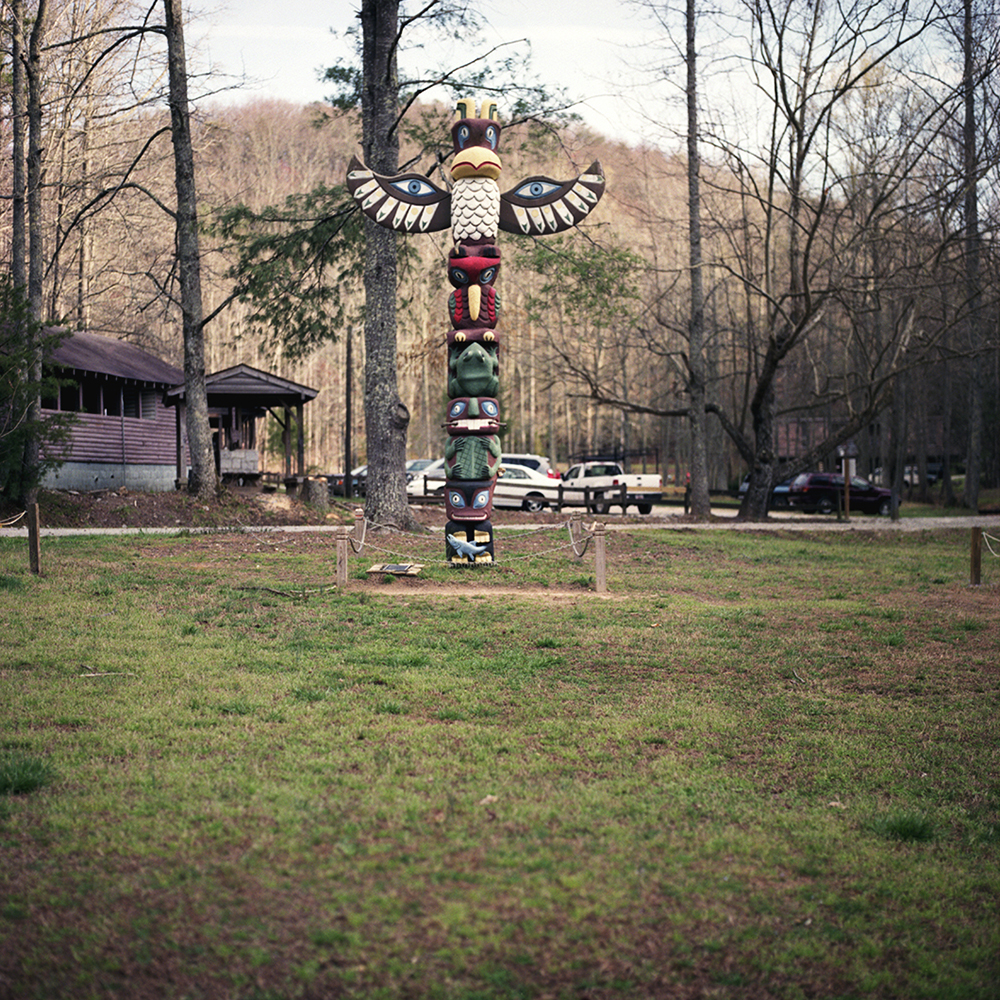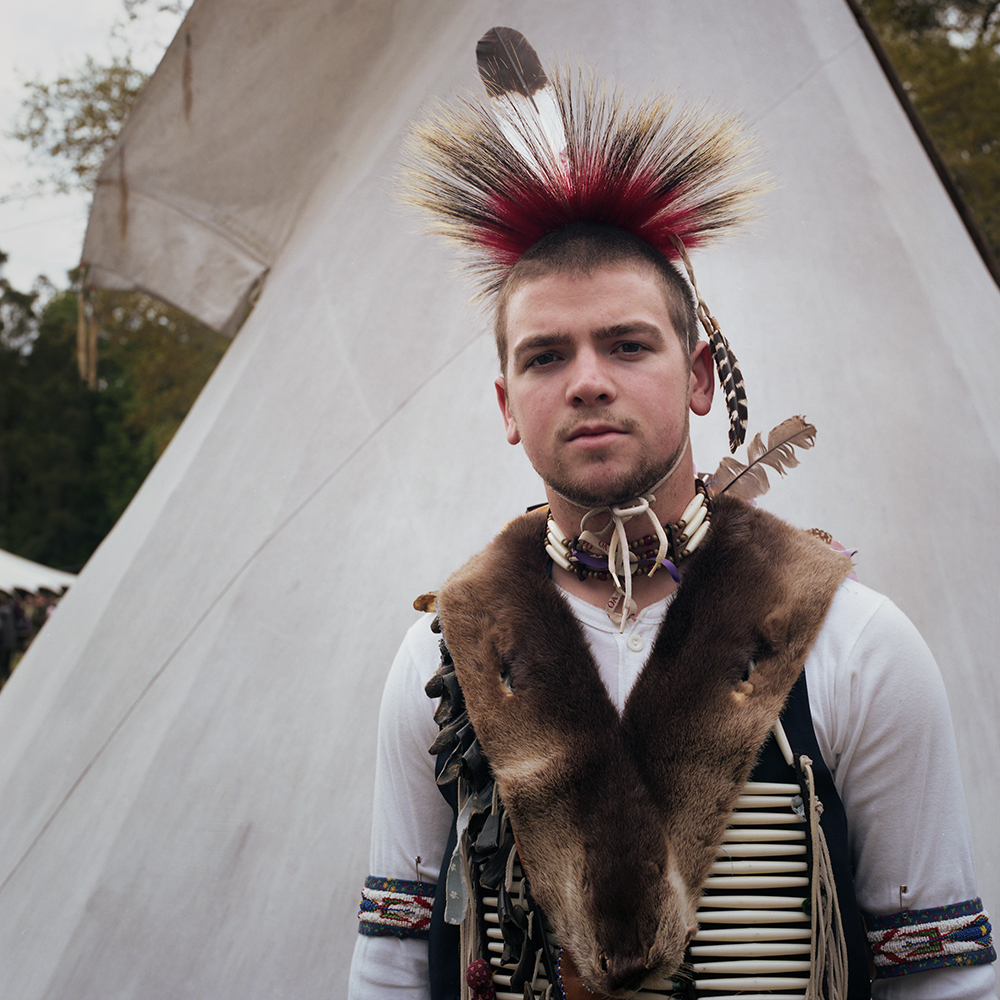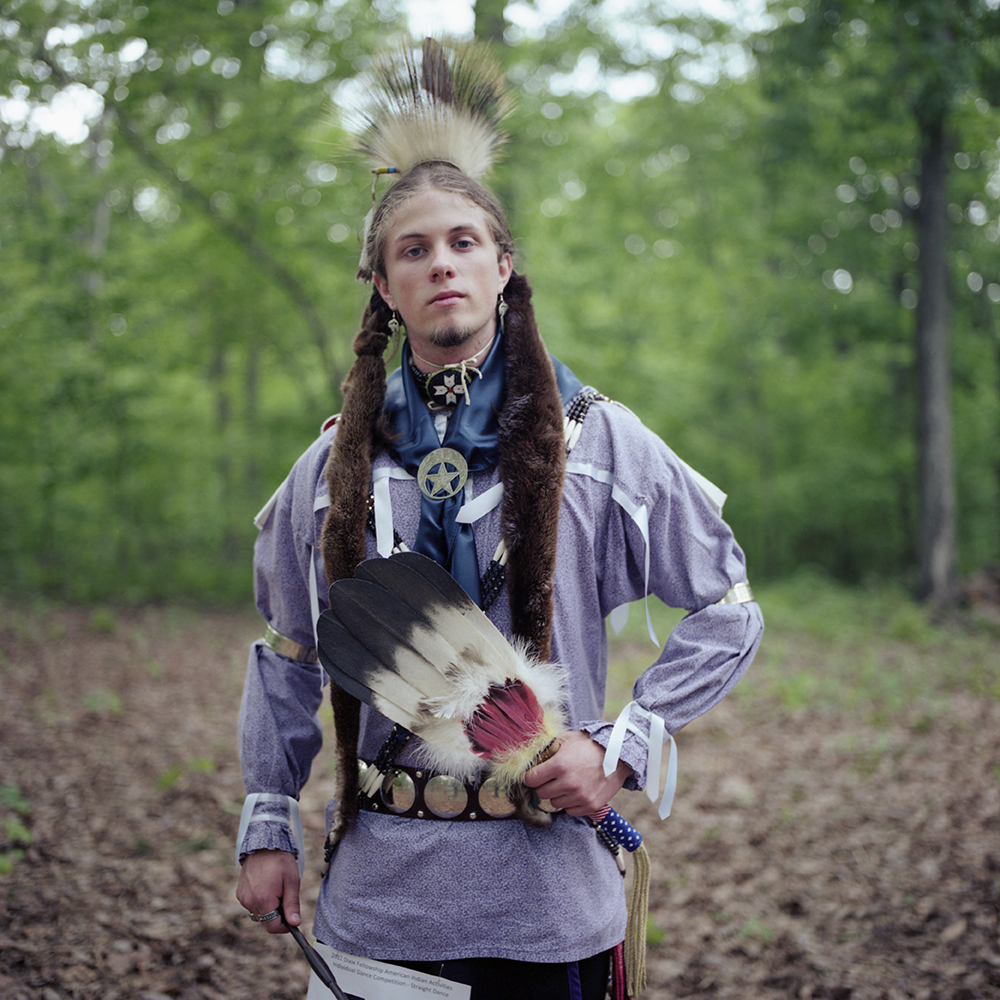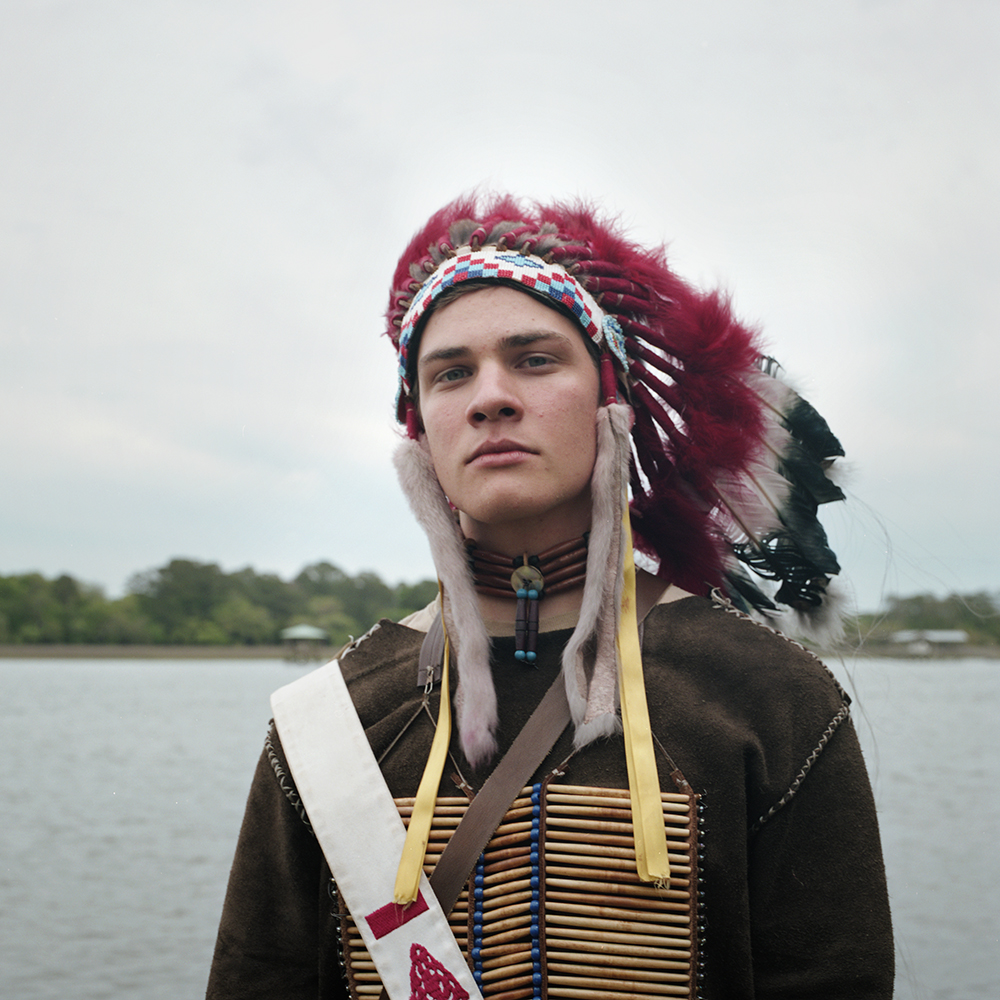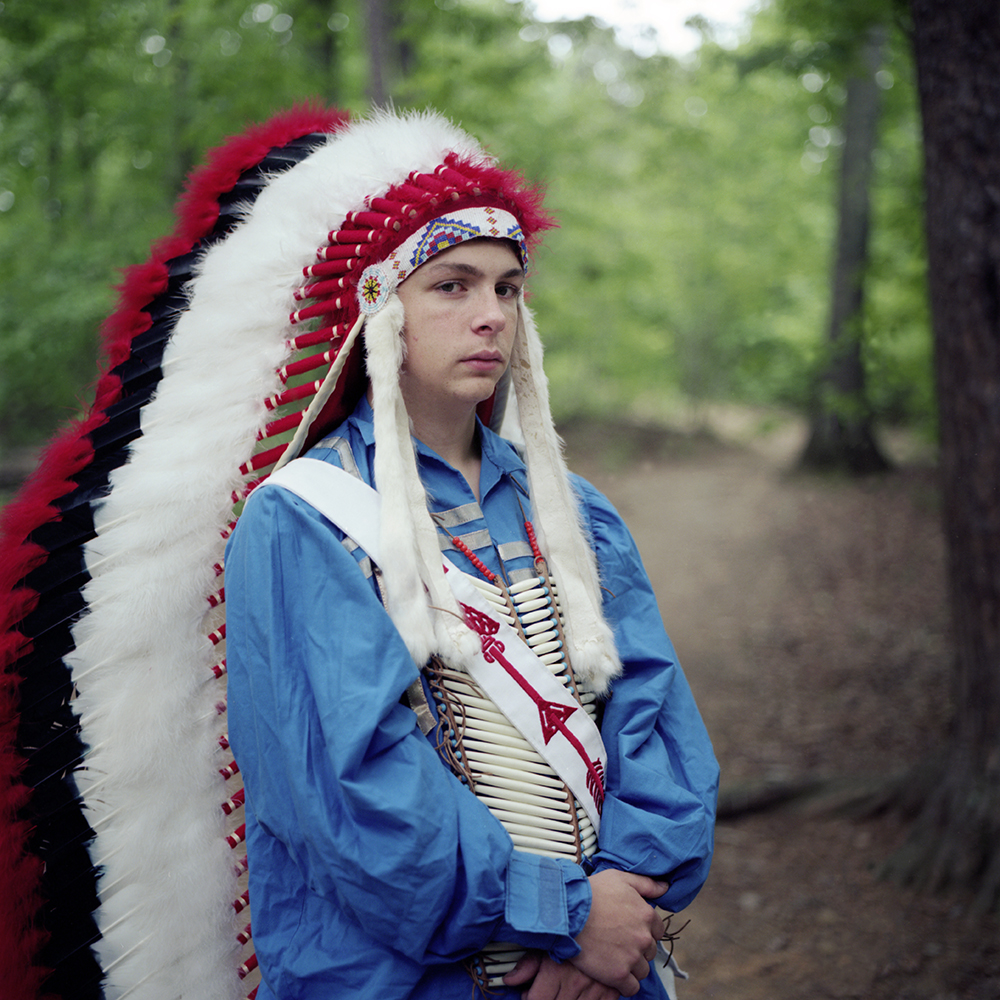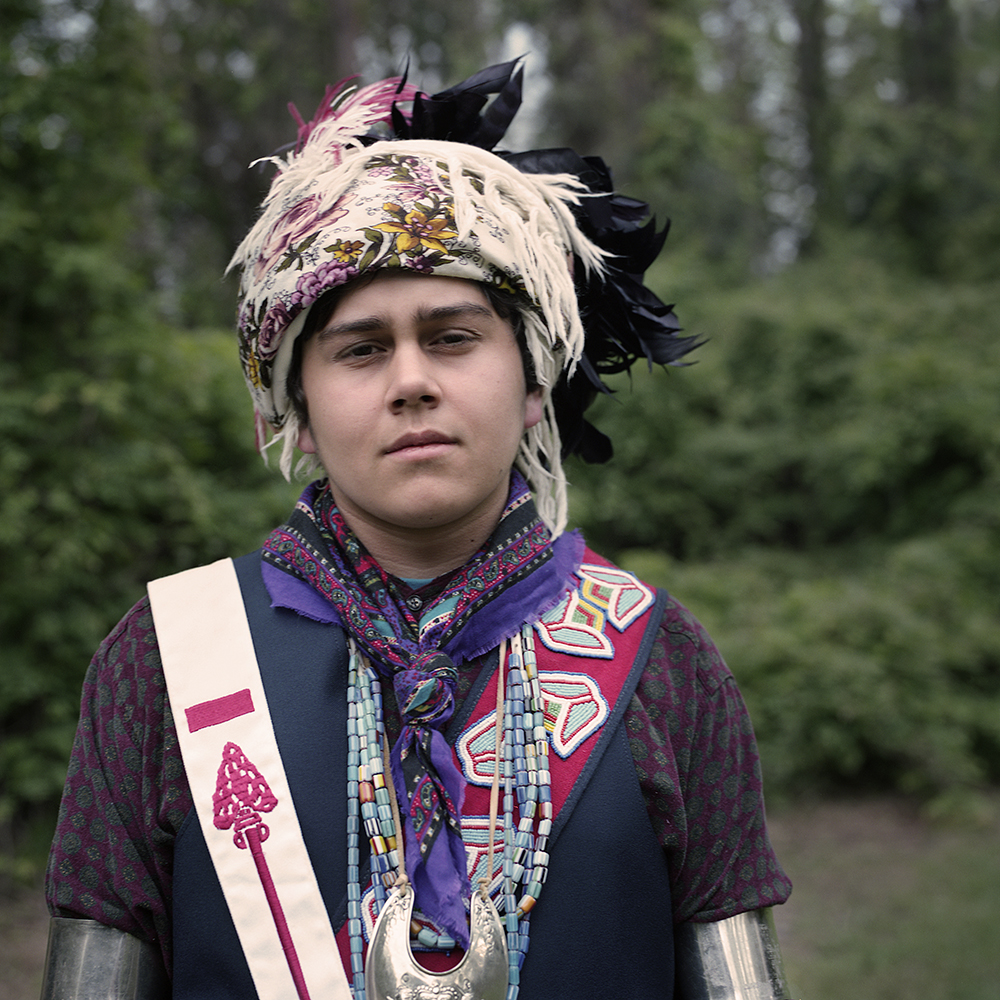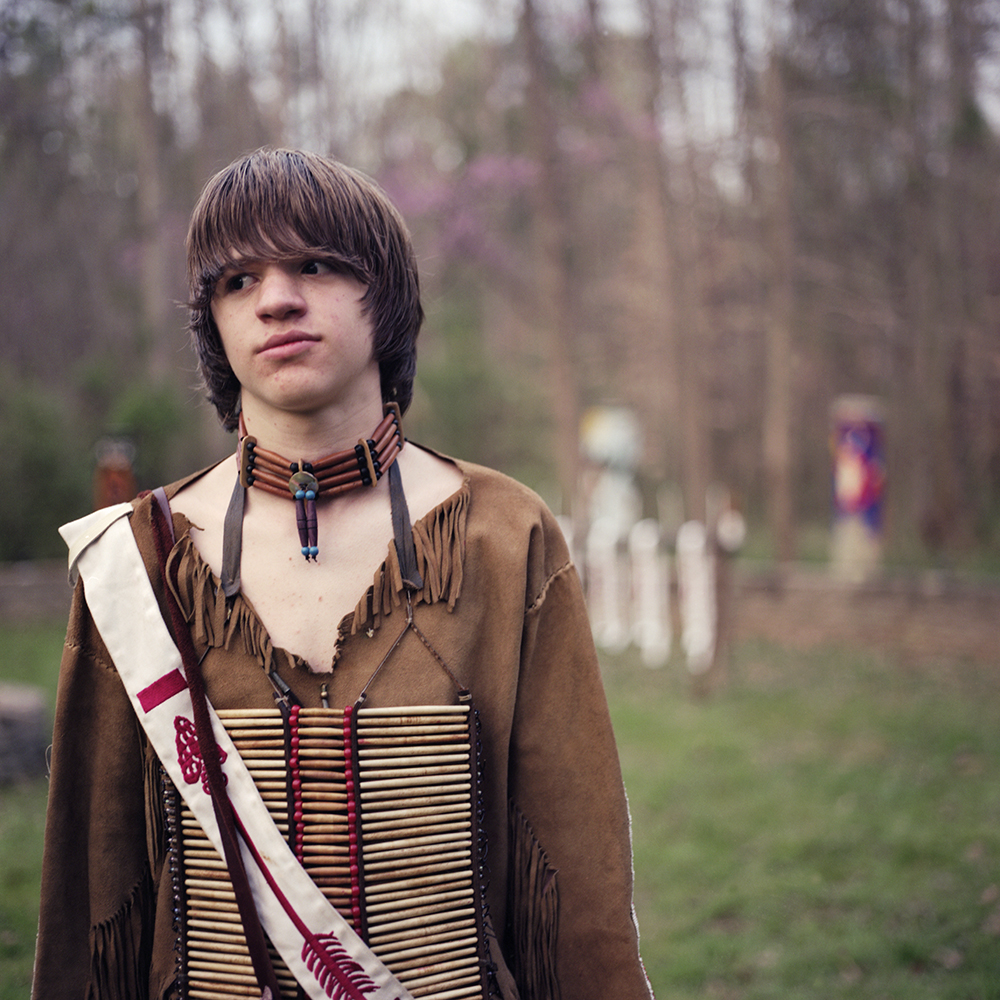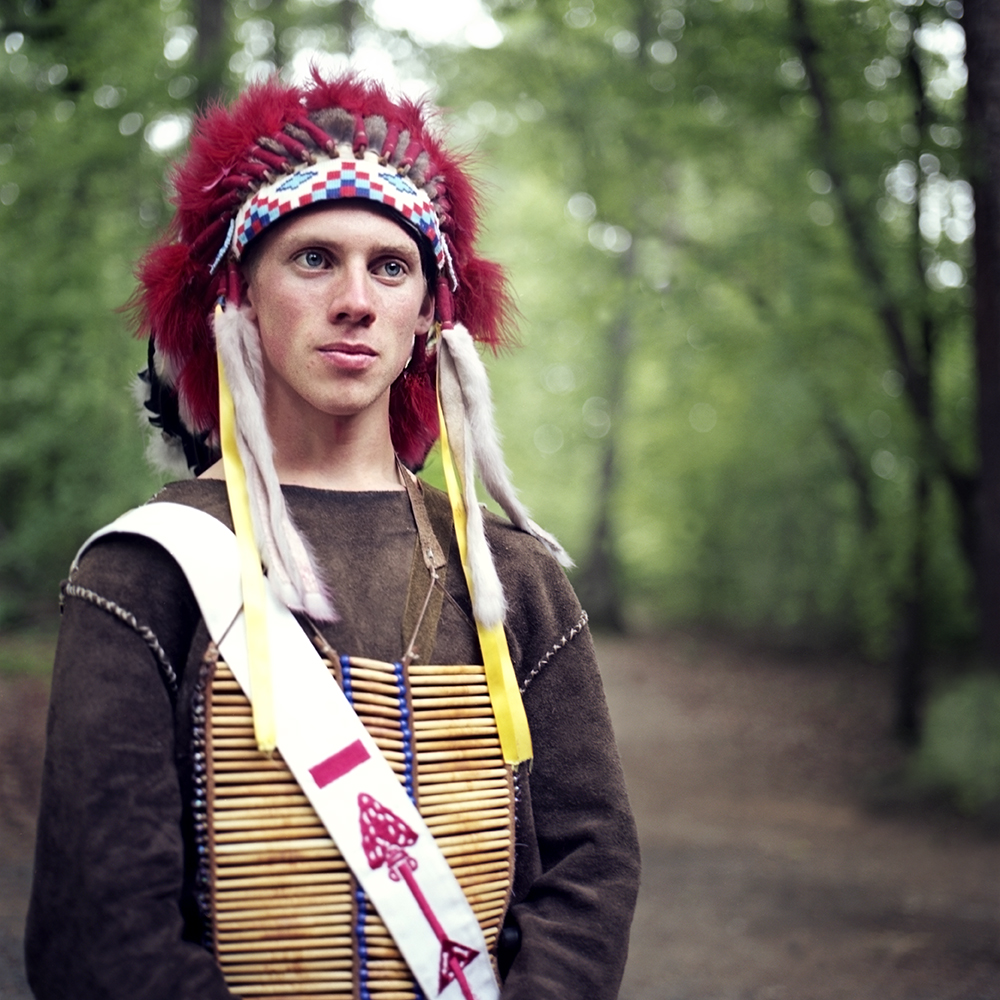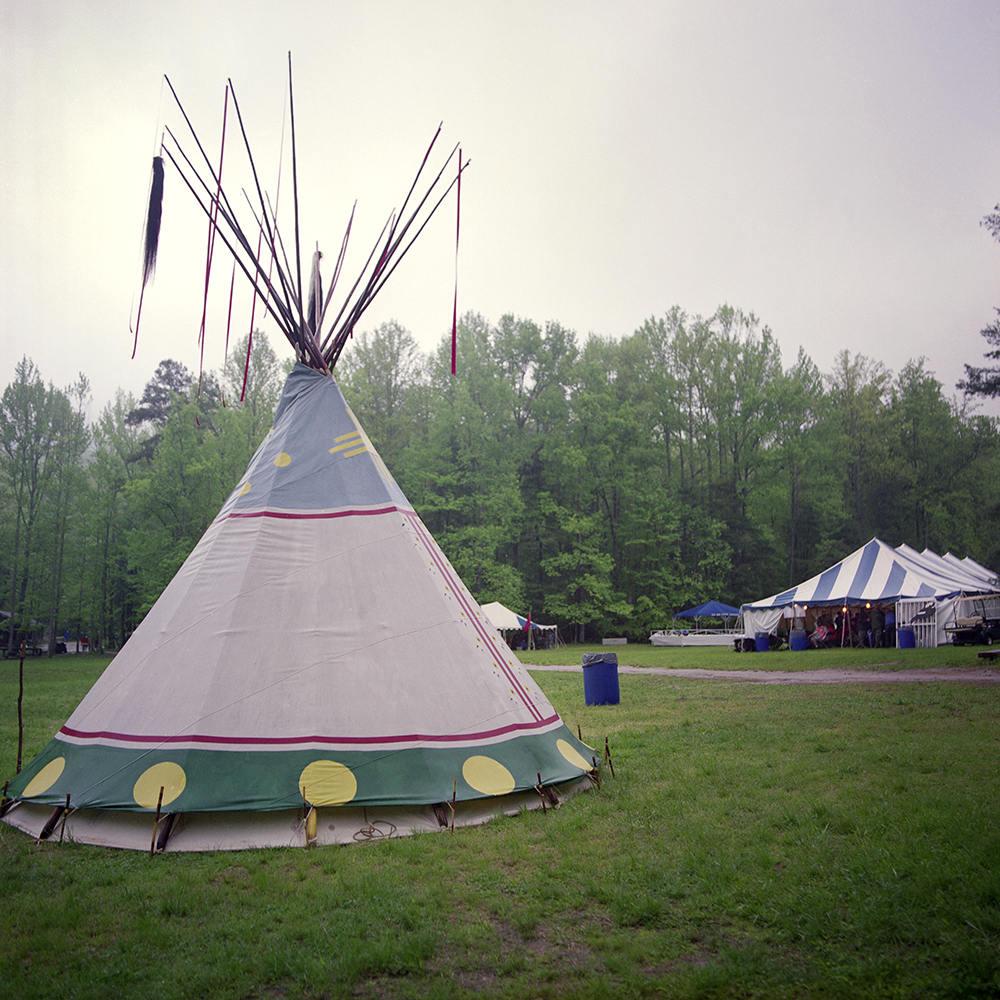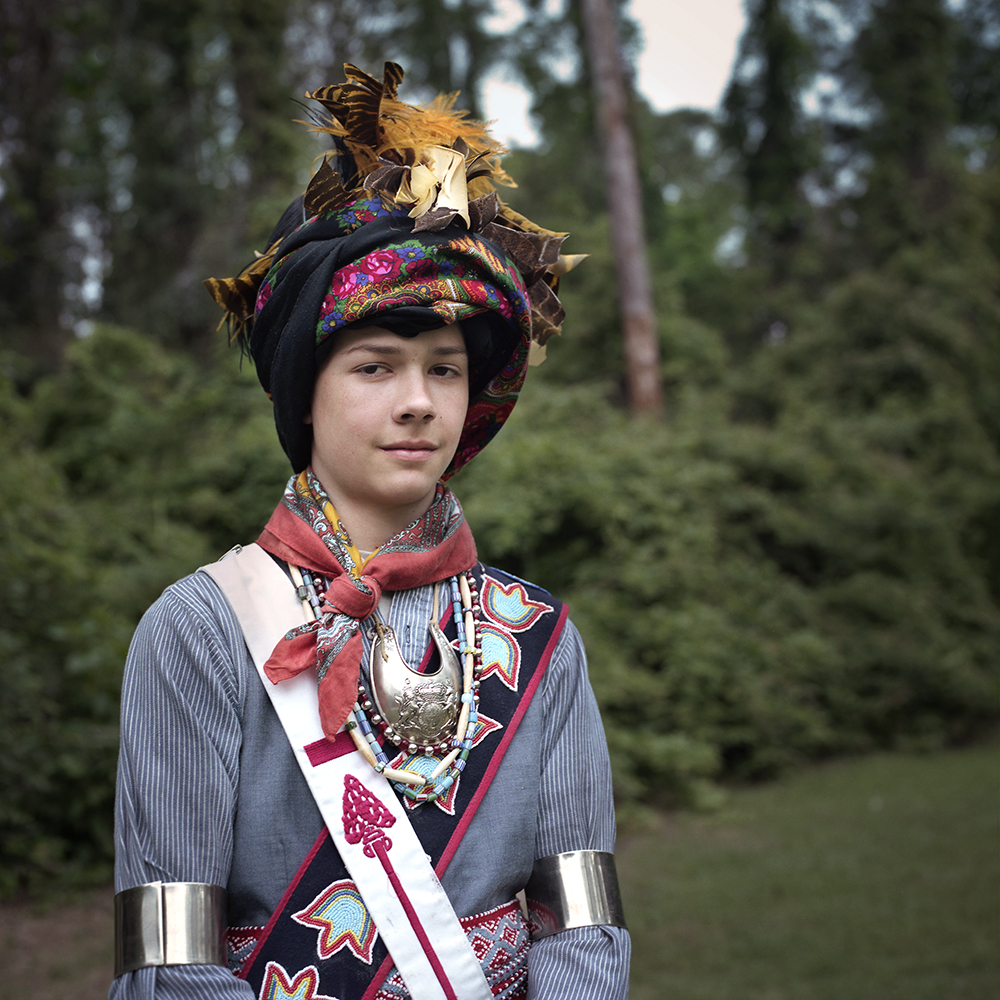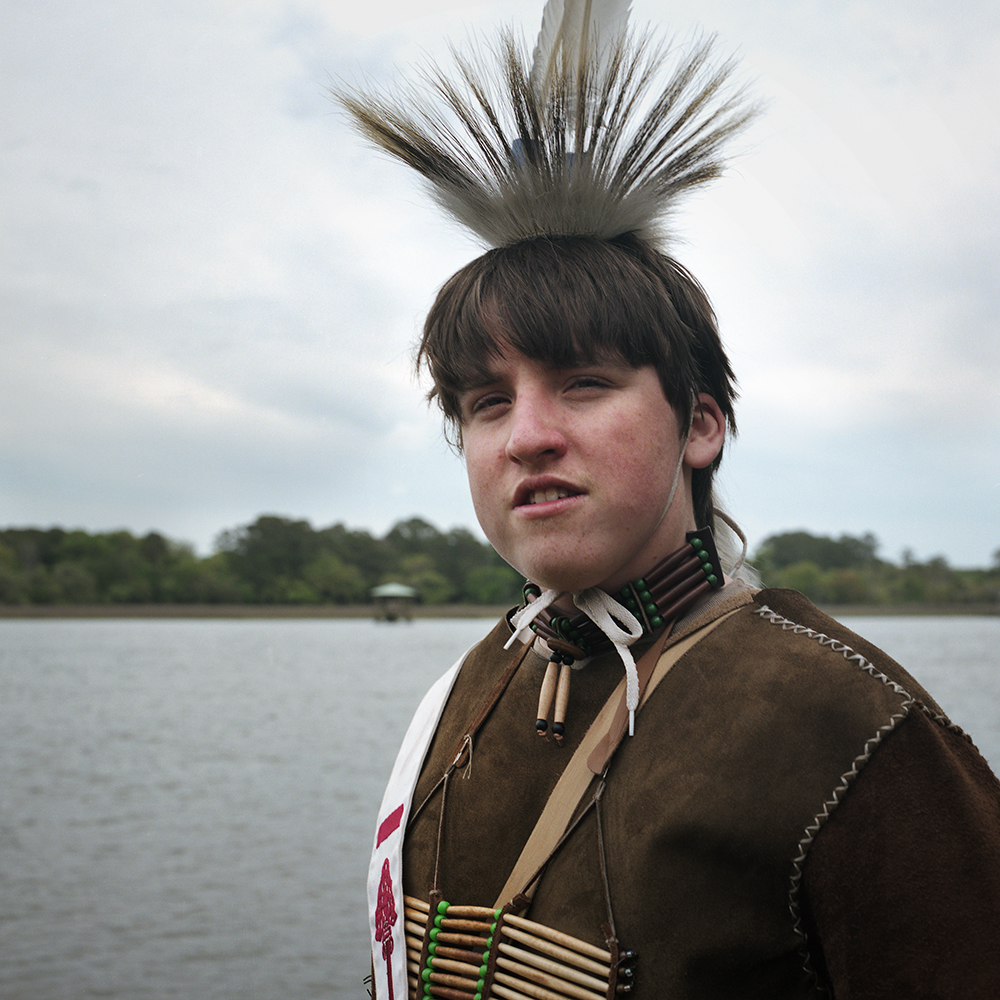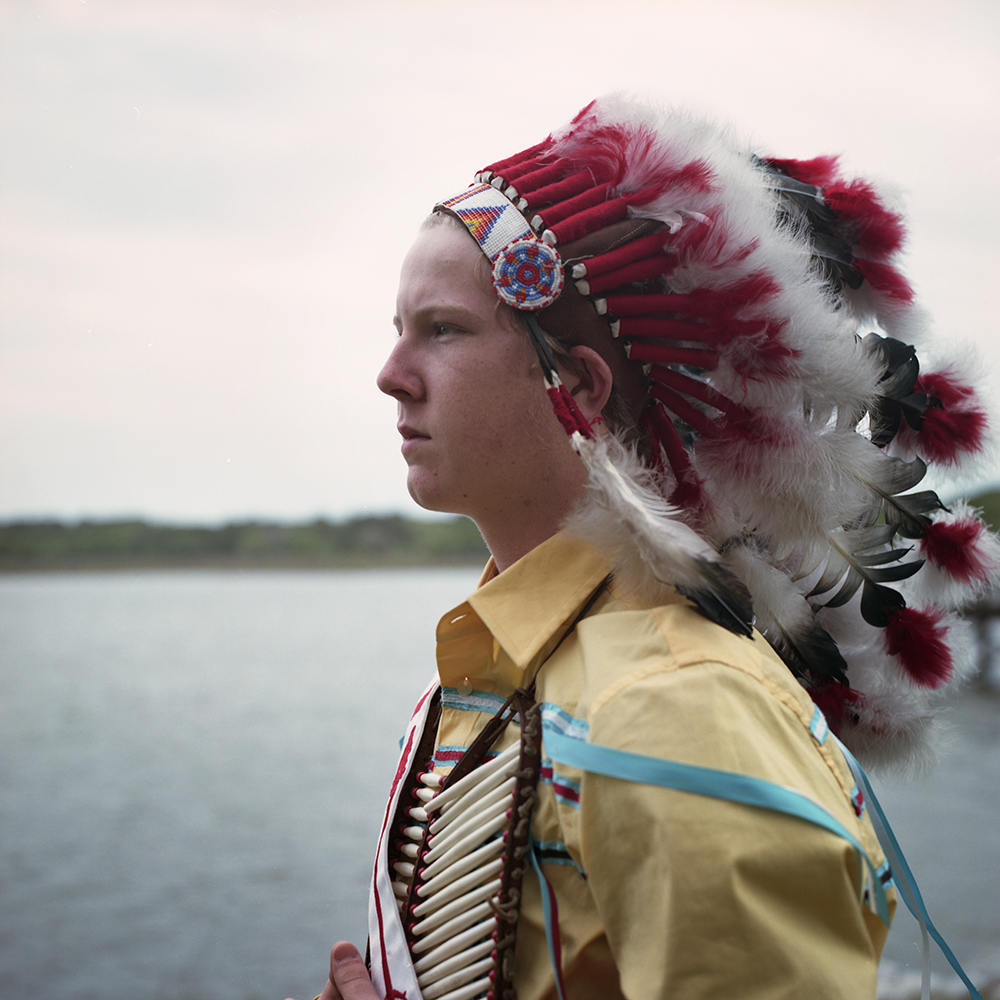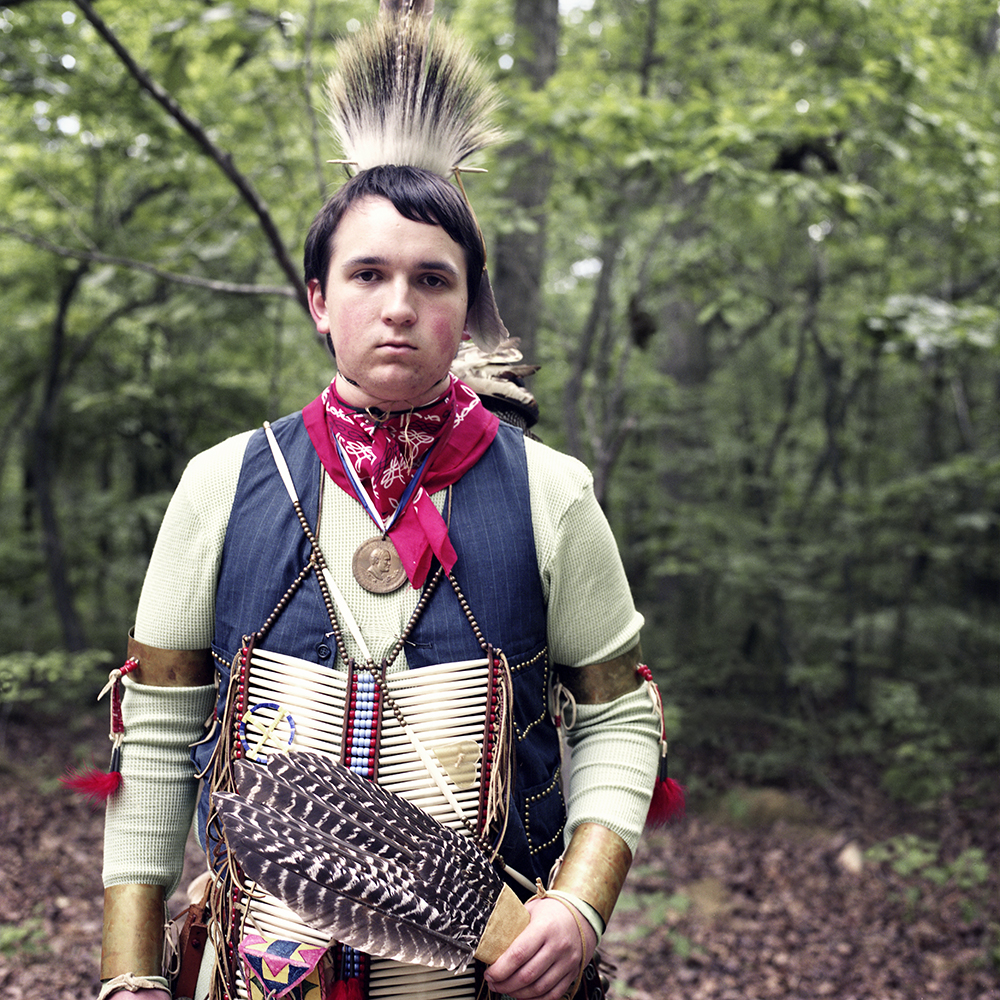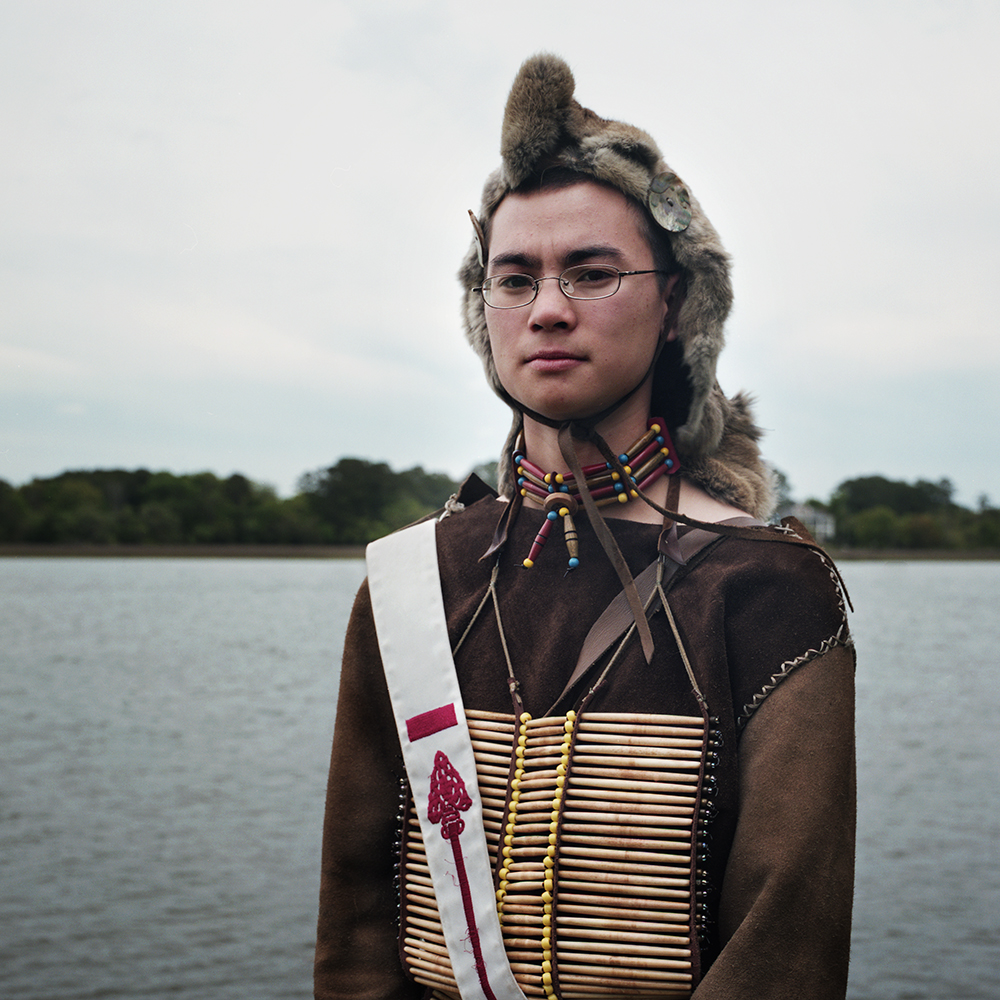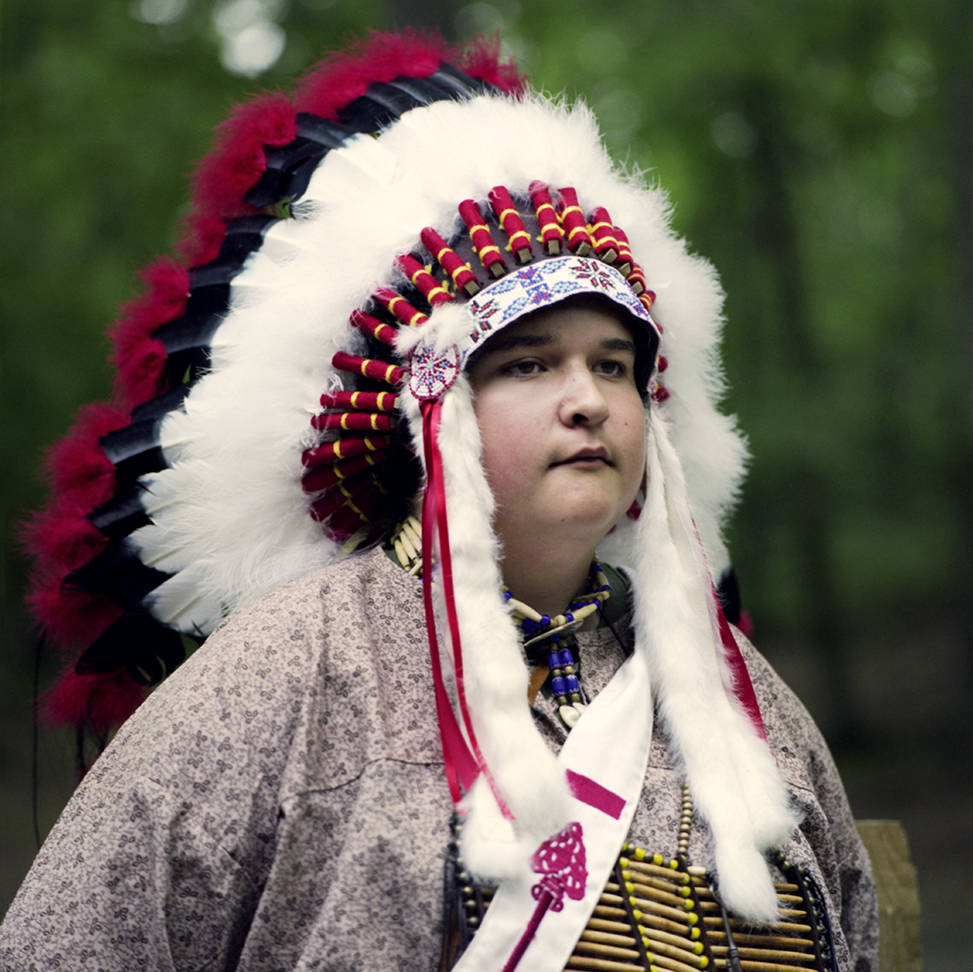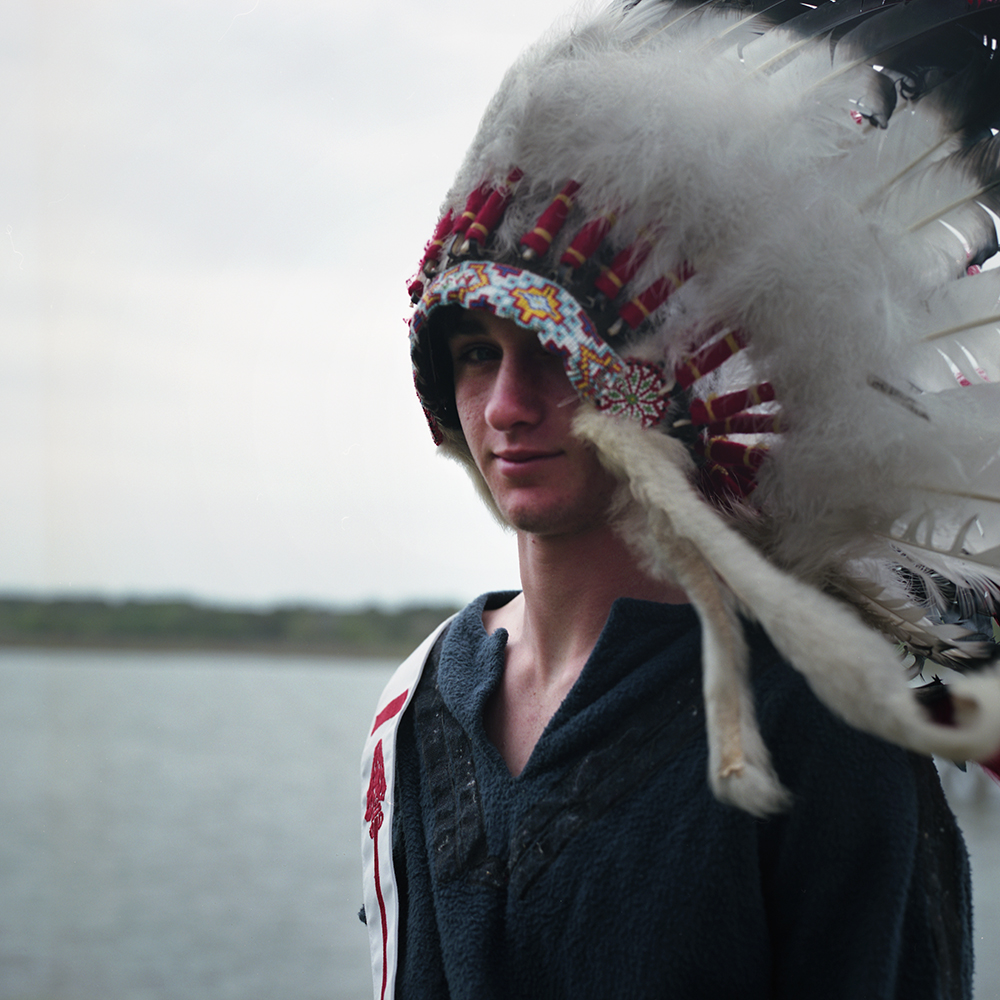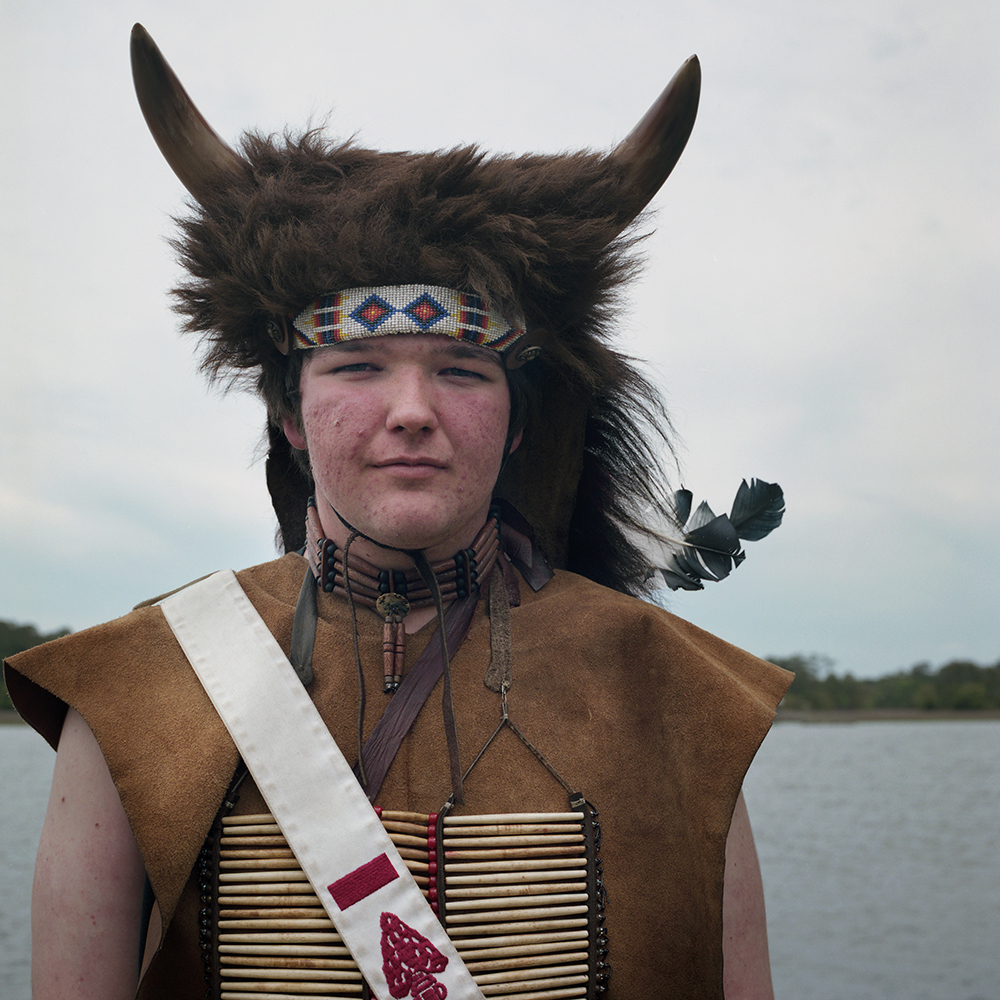Boy Scouts and Indians by Rod Fincannon
I grew up rising through the ranks in scouting and have very fond memories of my experiences. I worked at camps, was an active part of a troop, and received the rank of Eagle, the highest level in the scouting hierarchy. The most influential part of my scouting career was my involvement in Scouting’s elite honor society, The Order of the Arrow – a membership dependent on both a scout’s rank and on a vote by his peers.
When the Order of the Arrow was established in 1915, the founders used the legends and symbols of the local Delaware Indians to create a sense of mystery and adventure to the organization. Ceremonies are loosely based on Native American rites, and scouts dress in regalia and practice at length to perfect dance styles and methods of singing.
There is care put into the authenticity of the experience, both on the part of the Scouts and the organization. Young men invest hundreds of hours and dollars into making their regalia as authentic as possible and dedicate themselves to creating an environment to transport them to a different time and place. While the intention is to engross oneself in the culture of the Native American tribes, these activities can unintentionally deride the very culture they seek to emulate.
As a scout, I participated in these activities with much the same enthusiasm as the scouts in these photographs. Over time, however, I have become more aware of the conflict between what was a very honest attempt to give reverence to a culture that fascinated me and the absurdity of adopting another’s culture as a means of escaping from or mystifying my own.
Rod Fincannon lives and works in Greenville, South Carolina, USA.
To view more of Rod's work, please visit his website.
